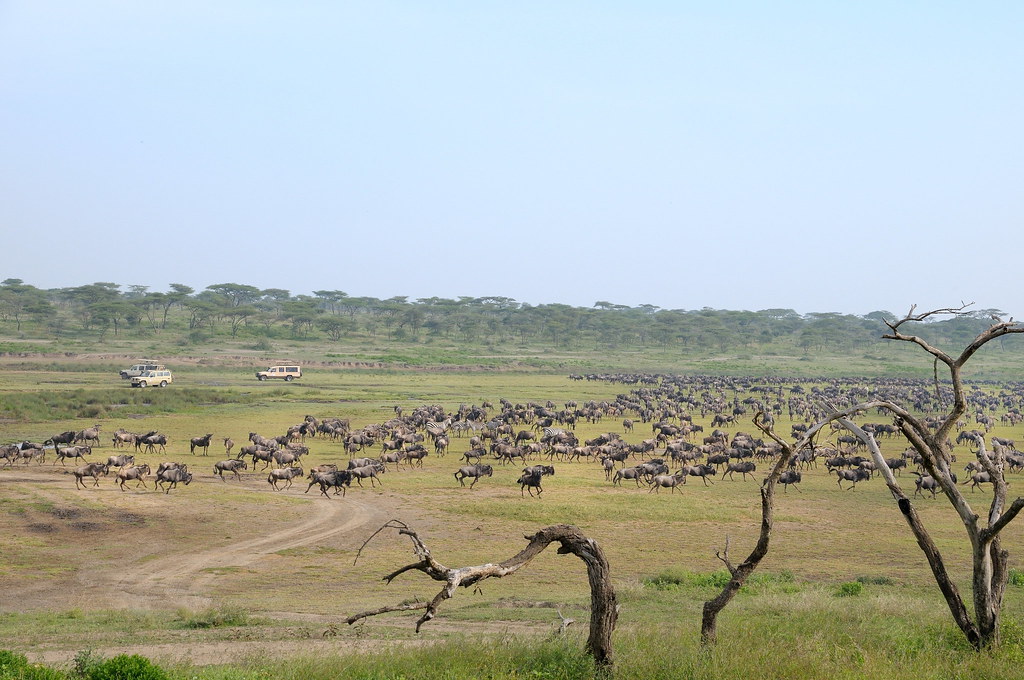Ngorongoro crater is found 180 kilometers West of Arusha town in Tanzania. This conservation area depends on the bottom of the Great Rift Valley. Ngorongoro is often a Masai word which was provided to the warriors who went along to the highlands to fight their enemies. The Ngorongoro along with the neighborhood was declared a UNESCO World heritage Site in 1979. The conservation area covers an area of 8,288 square kilometers. This is a huge area which include the Olduvai Gorge, Ngorongoro Crater, highland plains, forest, scrub and bush.
